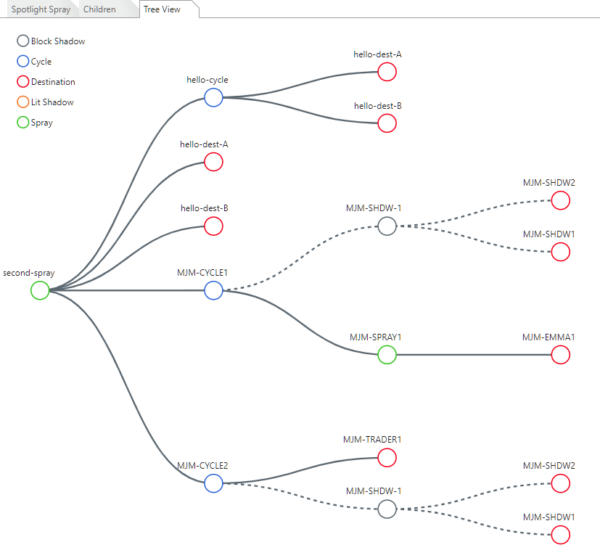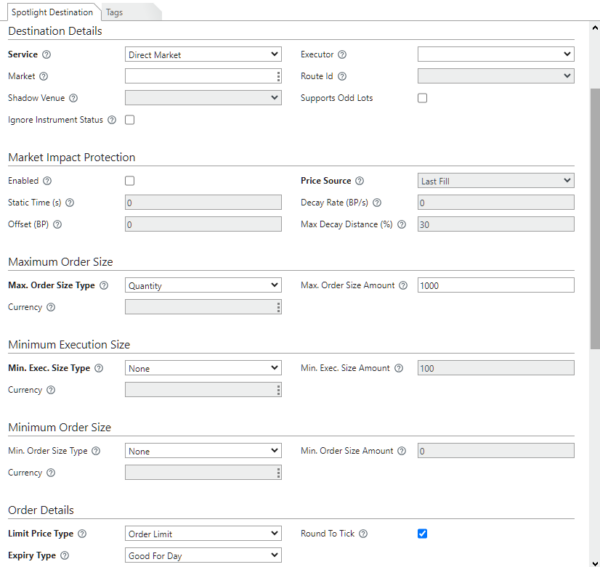The new features of Fidessa Spotlight in two minutes
One of the initiatives we’re most excited about this year is the latest release of Fidessa Spotlight. It introduces a range of new features designed to address the challenges of the current equities landscape. In this article, we look at some aspects of this new algorithmic trading functionality and discuss how Spotlight can streamline your order processes without sacrificing control over execution.
Two broad trends in equities trading have driven the development of Fidessa Spotlight:
- Fragmentation: In many markets, liquidity is split across more venues than ever. Different venues have arisen for various reasons, from industry demands to regulatory requirements, but the result is a fragmented landscape. This presents certain advantages since different venues serve specific market needs. But it also means that sell-side participants need to think strategically about how to seek out liquidity.
- Client requirements: Buy-side firms are becoming increasingly involved in the process of managing and monitoring their order flow. Investors have complex requirements for where, when, and how volume is traded, and they’re looking for detailed assurances of best execution.
Fidessa Spotlight gives sell-side firms the tools to address these challenges while minimizing manual intervention. Let’s look at some key features of the latest release.
Visualizing liquidity-seeking strategies
The strategy visualization user interface is one of the most obvious, potentially most powerful, new features. As you build your strategy, each tactic and target venue appears in a tree-view display. You can easily trace how and where volume is allocated, even with complex, multi-phase strategies. You can also click a specific tactic or target to drill down quickly into detailed options.

Algorithmic trading tactics
Speaking of tactics, Spotlight includes the following options:
- Cycle: Shows order volume in multiple venues in series. You can set an individual TIF for each target venue, and set the cycle to run indefinitely or for a set number of times. Once a cycle is complete, any remaining volume is pulled from the venue and rebalanced.
- Spray: Splits order volume and show it in multiple venues simultaneously. As with cycles, you can set the TIF for each venue. If you don’t want to split volume equally between venues, you can also set a weighting factor for each target.
- Lit shadow: Passively monitors lit venues, releasing volume only when an opportunity becomes available.
- Block shadow: Passively targets conditional venues with indications of interest (IOIs), releasing volume only when an opportunity becomes available.
Individually, these are all valuable tools for automating your order flow. But they become exponentially more powerful when combined. Unlimited cycle and spray elements can be nested into complex, sophisticated multi-phase strategies. A basic example would be to cycle volume through several high-priority venues before spraying any remaining quantity. Or, by including shadow tactics in your strategy, you could passively target indicative venues while actively working the order volume elsewhere. Building up strategies in this way is the first step toward fulfilling complex execution requirements.
Controls
Spotlight offers various options on each tactic and target venue, allowing you to configure how your orders behave. These include:
- Volume limits: You can set minimum and maximum order sizes for tactics and specific venues. Once a minimum size cannot be fulfilled (for example, because volume has been dealt elsewhere in the strategy), orders are automatically removed from the market, and volume is rebalanced.
- Weightings: You can also set weighting factors for target venues, allowing you to control what proportion of order volume is released to each venue.
- Venue tags and constraints: Spotlight allows you to tag venues with custom labels, allowing you to group related targets, such as ‘dark’ or ‘lit’ venues. You can then set custom constraints for each tag. For example, limiting the total volume that can be executed on a given type of venue.
By combining these granular controls with the “big picture” tools for strategy-building, you can create strategies targeting your client’s execution goals and automatically respond as volume is dealt. It’s also worth pointing out that all these parameters are editable in real time, so you don’t need to restart any processes after making changes.

Customizations
The latest release of Fidessa Spotlight introduces a brand new modular architecture. A control module stores all strategy settings and monitors order progress, while a separate execution module manages all order slices in the market. This structure allows for improved flexibility and customization. For example, you can deploy custom trading behavior to the control module through a Java-based API, allowing you to use your in-house expertise to deliver a competitive advantage. Default configurations are included as standard, so if you’re not interested in this level of customization, you can get started immediately.
Conclusion
This is just a small sample of the features of Fidessa Spotlight. There’s a huge amount of functionality we haven’t covered here and many more potential use cases. Hopefully, we’ve given you some idea of the benefits that Fidessa Spotlight can deliver. If you’d like more information or want to arrange a demo, get in touch.
Request a demo today
If you want to learn more about Fidessa Spotlight, contact us today to arrange a demo.


